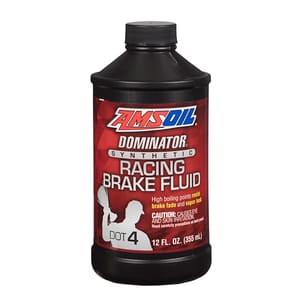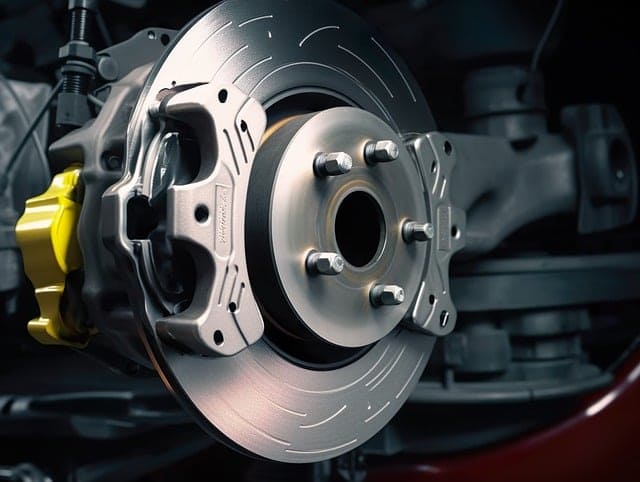Does Your Brake Fluid Need a Check-Up?
Your vehicle’s brake system relies on quality brake fluid to function correctly, but did you know this vital fluid can deteriorate just from exposure to air? Because brake fluid is hygroscopic, it draws moisture from the environment, compromising its effectiveness and your safety.

Why Brake Fluid Changes Are Crucial
Changing your brake fluid isn’t merely a suggestion—it’s essential for maintaining your vehicle’s braking performance and safety. As the fluid ages, it absorbs moisture, which can significantly lower its boiling point. This decrease in boiling point may lead to brake failure under high temperatures. Most manufacturers recommend replacing brake fluid every two years to keep your vehicle in peak condition.

How to Tell if Your Brake Fluid Has Gone Bad

To check the health of your brake fluid, monitor its boiling point. Fresh brake fluid should have a high boiling point. However, as it degrades and absorbs moisture, this point lowers. A simple tool like a moisture content tester, available at most automotive retailers, can help you measure your brake fluid’s condition accurately.
The Ideal Brake Fluid: AMSOIL DOT 3 and DOT 4 Synthetic

Selecting a superior brake fluid can enhance your vehicle’s safety and response under demanding conditions. AMSOIL DOT 3 and DOT 4 Synthetic Brake Fluids are engineered to maintain high boiling points even in wet conditions, ensuring reliable brake performance regardless of weather or rigorous use.
Final Tip

Remember, the degradation of brake fluid isn’t just about usage but also time. Even if stowed away in a garage or driven infrequently, your brake fluid is still aging. Opt for high-quality fluids that offer durability against moisture and high temperatures. Regular changes before any sign of failure keeps your brake system ready and responsive, safeguarding your road adventures.
Keep your driving experience safe and effective by maintaining your brake fluid diligently. Your vehicle—and your peace of mind—deserve it.

